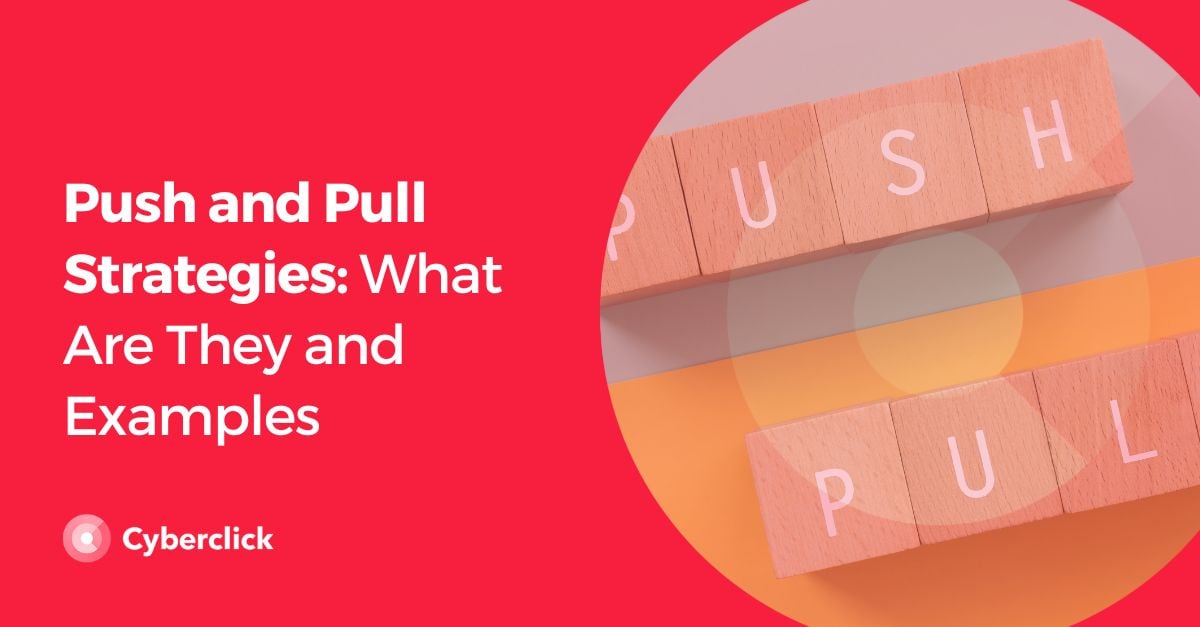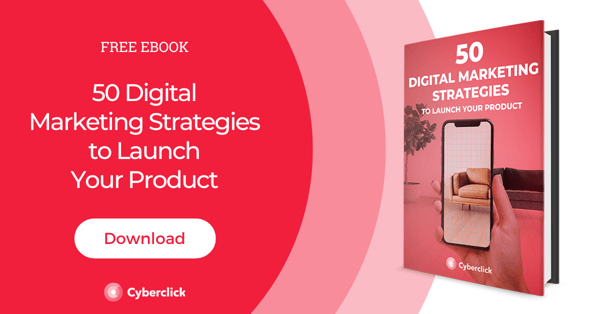Should you create a push or pull strategy? This is an important decision in digital marketing.
Push and pull strategies are opposites but they can still complement each other. To help you plan your marketing campaigns, let's take a look at what exactly they are, when to apply them, and some examples.
What Is a Pull Strategy?
Pull strategies seek to attract users to a product or service. They target consumers seeking to solve a problem and are also referred to as inbound marketing.
The objective is to position your brand in such a way that the customer can find you and then you can nurture that relationship until conversion and loyalty are achieved.
When to Apply a Pull Strategy
Pull strategies have many advantages including generating trust, accounting for all moments in the buyer's journey, encouraging quality leads, and increasing brand recognition.
Pull strategies are more effective in the long-term and they serve to reach customers who have already identified a need, rather than those who have yet to discover a need.
5 Examples of Pull Strategies
-
SEO: When users identify a need or have a problem to solve, the first thing they do is search on Google. A good SEO strategy places your website in the top positions of search engines and makes it easier for potential customers to find you.
-
Content marketing: Content is very important for SEO, but it also serves to provide value to the user and build their trust in a brand.
-
Lead generation: Once you have managed to get a potential customer to visit your website, you should encourage them to leave you their email so that you can keep communicating with them. One of the most common strategies for this is to offer users valuable content (for example, an ebook or a checklist) in exchange for leaving their email address.
-
Lead scoring/nurturing: Lead scoring consists of assigning a score to each lead based on information they left in a form and their interactions with your brand. Depending on this score, you can send them different messages that meet their needs and accompany them on the road to conversion, which is known as lead nurturing.
-
Generating opinions and recommendations: The opinions of other users are a key factor in making purchasing decisions. For this reason, pull strategies include techniques to encourage satisfied customers to share reviews about your products or services.
What Is a Push Strategy?
Push strategies, also known as "outbound marketing", seek to bring a product or service to the user. That is, the company sends messages to consumers that aim to make users aware of the brand.
In many cases, push strategies are linked to traditional advertising.
When to Apply a Push Strategy
Push strategies allow you to reach a greater number of users since you control the reach of the campaigns according to your budget. This generates a higher volume of leads and conversions.
For these reasons, push strategies are effective in the short term. They also complement pull strategies. For example, launching an ad campaign on social networks to attract more traffic to your website and generate leads.
5 Examples of Push Strategies
1. SEM: SEM is a complementary strategy to SEO. It involves placing paid advertisements in search engines so that they appear when a user makes a related search. We recommend that you center your SEM strategy on keywords with high search intent.
2. Social media ads: Social ads target users on social networks to offer them products based on their habits and preferences. The key to success lies in large amounts of information about users that can be used to segment ads and reach the right audience.
3. Affiliate marketing: This strategy consists of promoting products or services through third-party channels, such as a website or YouTube channel. You pay only when the recommendation results in a purchase. For this technique to work, affiliate sites must be related to your industry and publish quality content.
4. Calling "hot" leads: Telemarketing is not a very popular technique, mainly because it has been abused to offer products to people who are not necessarily interested in them. However, calling can be a very effective strategy if you target leads that are in the last stages of the conversion process and send them an offer that meets their needs.
5. Fairs and exhibitions: Classic trade shows still work well, especially in the B2B sector. They are a great opportunity to demonstrate your product live to potentially interested parties and generate quality leads.
Digital Marketing Strategist en Cyberclick. Licenciada en Publicidad y Relaciones Públicas (URV), con un postgrado en Marketing y Comunicación Online (UAB). Especializada en Google Ads, Social Ads y analítica web.
Digital Marketing Strategist at Cyberclick. Degree in Advertising and Public Relations (URV), with a postgraduate degree in Marketing and Online Communication (UAB). Specialized in Google Ads, Social Ads and web analytics.







Leave your comment and join the conversation